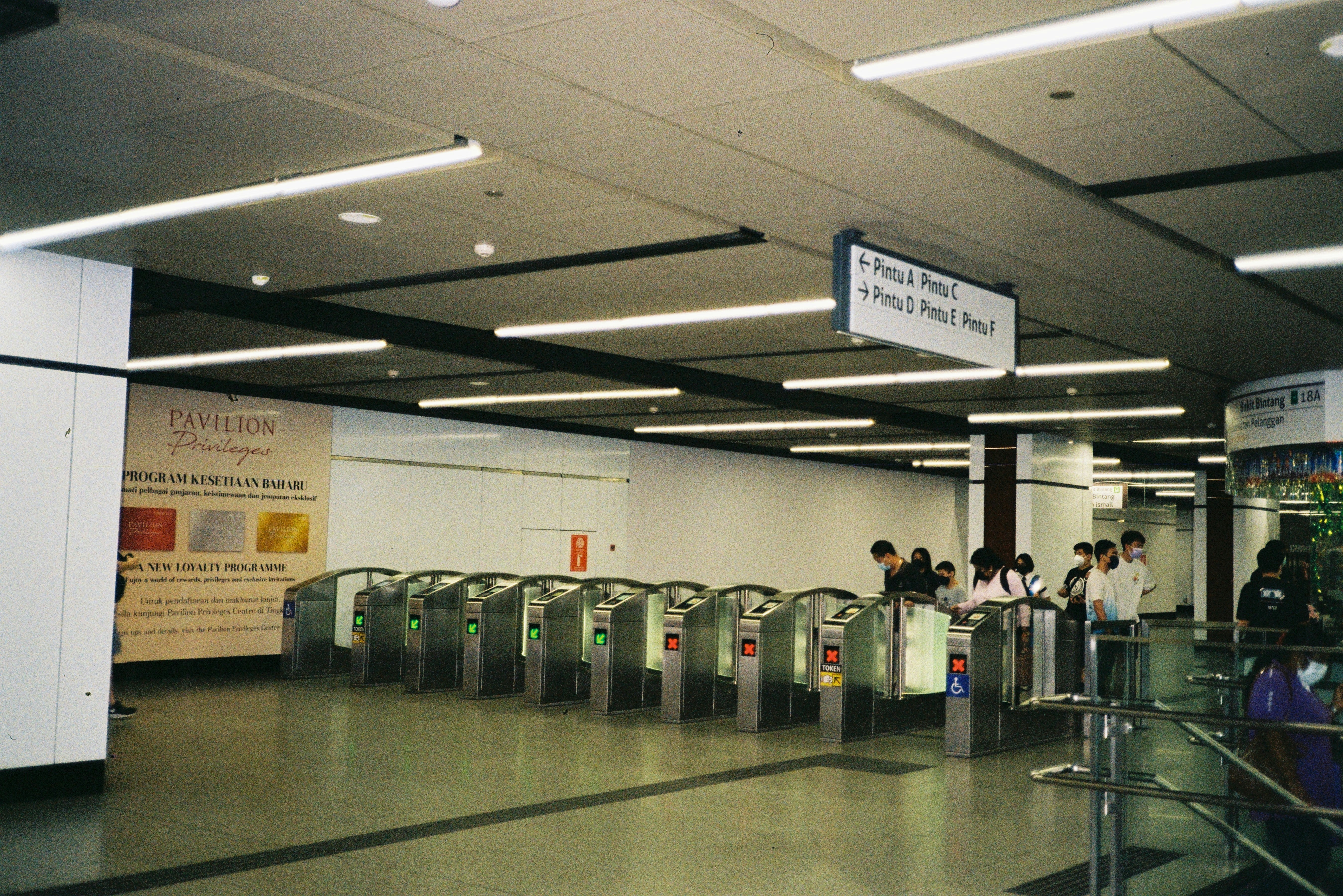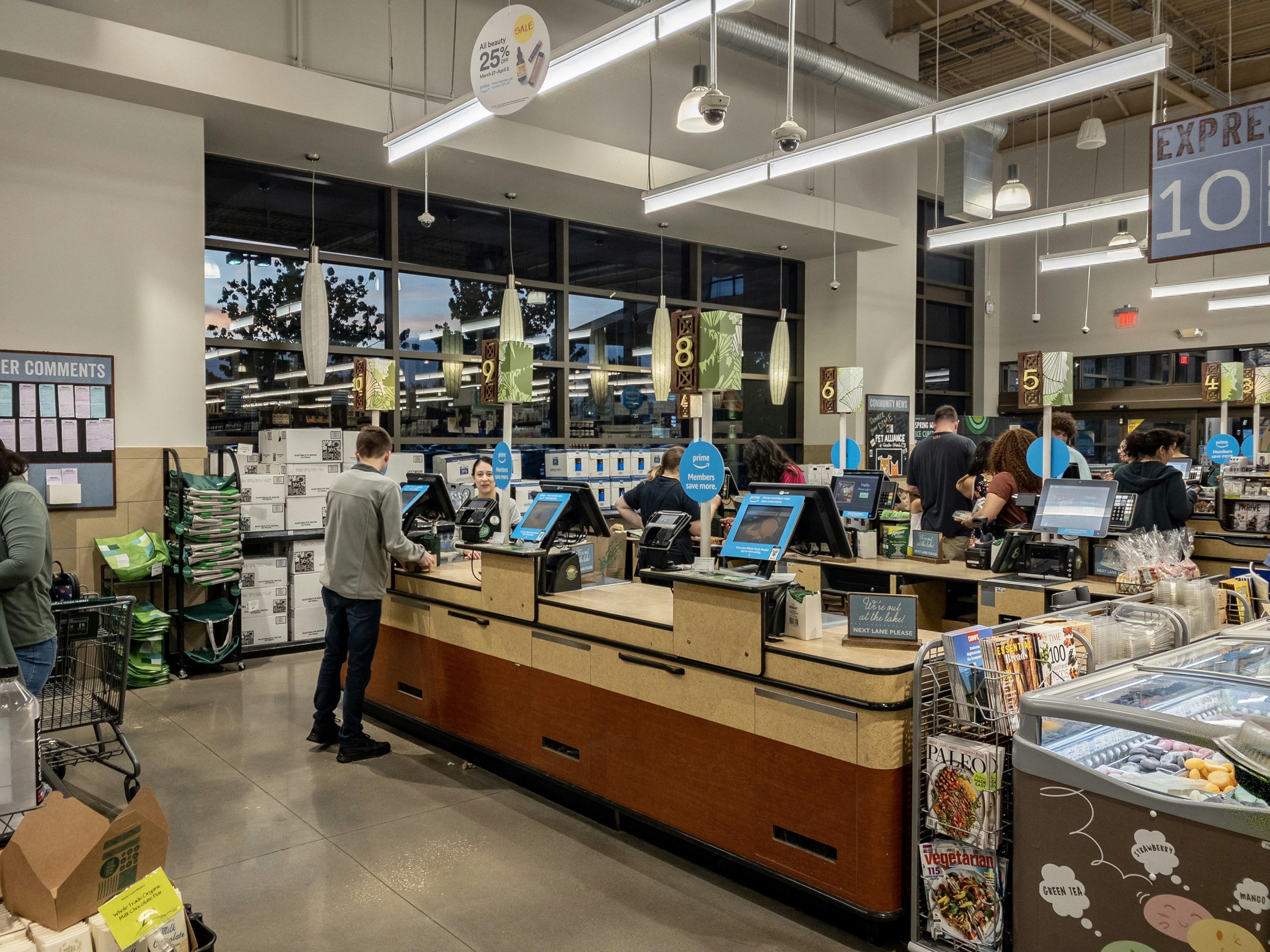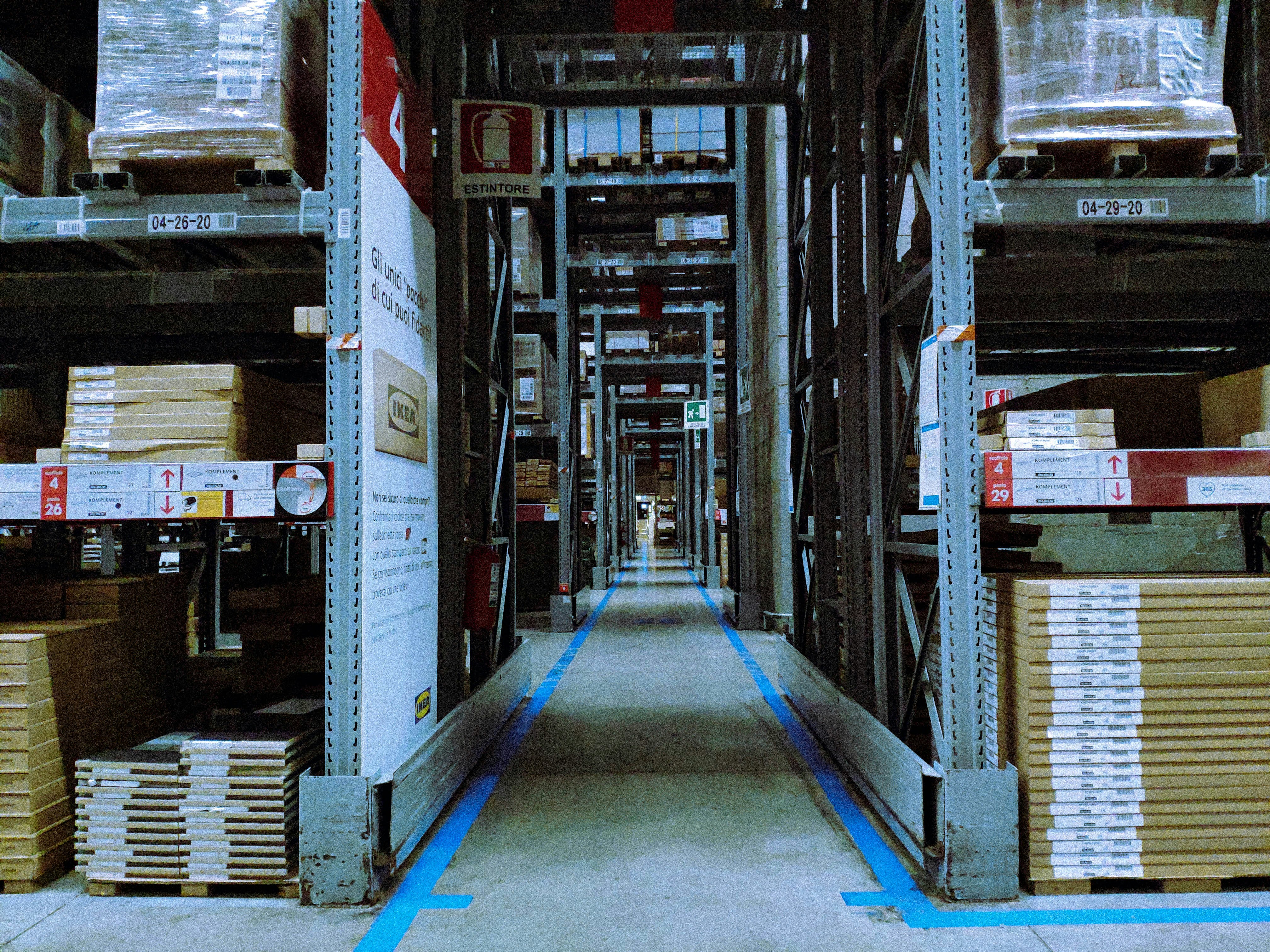Introduction to Barcode-Based Loyalty Programs
Barcode-based loyalty programs have emerged as a prominent tool for businesses aiming to enhance customer engagement and foster loyalty. These programs utilize barcode technology to streamline the process of tracking customer purchases and administering rewards. By offering a seamless and efficient method of interaction, these programs not only improve the customer experience but also aid businesses in gathering invaluable data regarding consumer behavior.
At their core, barcode-based loyalty programs allow customers to scan a unique barcode during transactions, which can be linked to a digital profile. This process eliminates the need for traditional loyalty cards and offers a more convenient method for customers to earn and redeem rewards. The integration of barcode technology into loyalty initiatives simplifies the tracking of purchases, making it easier for businesses to reward loyal customers and tailor marketing efforts based on individual preferences.
Furthermore, barcode technology facilitates real-time updates of customer transactions, enabling businesses to keep their loyalty program attributes current and relevant. When a customer scans a barcode at the point of sale, their loyalty account is updated instantly, allowing for immediate rewards. This aspect of immediacy reinforces customer satisfaction and encourages repeat business, as customers associate their purchases with tangible benefits.
In addition to enhancing the customer experience, barcode-based loyalty programs provide businesses with critical insights. Detailed usage data allows companies to analyze purchasing trends, identify their most loyal customers, and adjust their strategies accordingly. As businesses strive to create personalized marketing initiatives, an understanding of purchasing patterns becomes essential, making barcode-enabled systems a valuable investment.
In conclusion, the implementation of barcode-based loyalty programs represents a significant advancement in loyalty marketing strategies. By leveraging barcode technology, businesses can not only enhance customer engagement but also streamline operations and gain essential insights into consumer behavior.
Benefits of Barcode-Based Loyalty Programs
The adoption of barcode-based loyalty programs offers compelling advantages for both businesses and customers, enhancing the effectiveness of customer engagement strategies. One of the primary benefits is the ease of implementation. Businesses can integrate barcode technology into their existing systems without significant disruptions. The simplicity of scanning a barcode means that training staff and informing customers about the program can be accomplished quickly and efficiently.
Another critical benefit is the potential for improved customer engagement. Barcode loyalty programs allow for personalized interactions based on customer purchase history and preferences. This personalization fosters a sense of connection between the brand and the consumer, encouraging repeat visits and fostering brand loyalty. By utilizing barcodes, companies can provide tailored offers, discounts, or rewards that resonate with individual customers, thereby increasing the effectiveness of marketing campaigns.
Moreover, these programs significantly enhance data collection capabilities. Every scan provides valuable insights into customer behavior, enabling businesses to analyze trends and optimize their offerings. This data-driven approach not only helps in refining marketing strategies but also contributes to better inventory management and resource allocation, leading to increased operational efficiency.
Enhanced user experience is yet another advantage offered by barcode-based systems. Customers appreciate the convenience of quickly earning and redeeming rewards through seamless transactions. The instant gratification associated with barcode scanning tends to create a positive impression and can lead to higher customer satisfaction rates. Furthermore, the ease of use extends to mobile applications where consumers can manage their loyalty accounts directly from their devices, improving accessibility and engagement.
In conclusion, leveraging barcode-based loyalty programs provides numerous benefits that can significantly impact customer engagement, operational efficiency, and overall user experience, making them a valuable tool for modern businesses.
Understanding the Mechanics of Barcode-Based Loyalty Programs
Barcode-based loyalty programs serve as a contemporary mechanism for businesses to engage customers effectively while fostering brand loyalty. These programs primarily function through the integration of unique barcodes assigned to customers, which are scanned at each point of interaction, be it a purchase or promotional event. The process begins when customers sign up for the program, often through a mobile app or in-store registration, receiving a personalized barcode that can be displayed on their smartphone or printed out.
Upon making a purchase, customers can present their barcode for scanning at the checkout. This action registers the transaction and automatically awards loyalty points based on the specific program parameters set by the business. Typically, each dollar spent correlates with a predetermined number of points, constantly incentivizing customers to spend more to accumulate additional rewards. Consequently, the ease of barcode scanning not only streamlines the checkout process but also fosters a seamless experience for the customer, enhancing their engagement with the brand.
As customers accumulate points, they can redeem them for various rewards, which may include discounts, free products, or exclusive offers. The redemption process is also straightforward; customers simply scan their barcode again when redeeming their rewards, making the experience efficient and user-friendly. Embracing barcode scanning technology enables businesses to collect valuable data on consumer behavior, preferences, and purchasing patterns. This information is instrumental in crafting targeted marketing strategies and improving customer service, as companies can offer tailored promotions based on past purchases.
Overall, the interconnection between customer interactions, point accumulation, and reward redemption underlines the intricate workings of barcode-based loyalty programs. Such systems not only benefit customers through enhanced engagement and rewards but also empower businesses with insightful analytics to refine their marketing efforts.
Designing an Effective Barcode Loyalty Program
Creating a barcode-based loyalty program requires careful consideration of several key elements to ensure its effectiveness and appeal to customers. The first aspect to prioritize is the rewards system. Attractive and attainable rewards can significantly enhance customer participation and retention. Offering various enticing incentives, such as discounts, exclusive products, or free items after a certain number of purchases, can motivate customers to engage with the program consistently. It is essential to align the rewards with customers’ preferences and purchasing behavior, thereby enhancing their overall shopping experience.
User-friendly design is another critical component of a successful loyalty program. The barcode system should be simple and intuitive to use for both customers and staff. Ensuring that customers can easily scan barcodes using their mobile devices simplifies the process of accumulating points or redeeming rewards. Additionally, providing clear instructions on how the program works can help eliminate any confusion, thereby improving customer satisfaction and encouraging participation.
Integration with other marketing strategies is vital in maximizing the impact of a barcode loyalty program. Incorporating the loyalty program into existing marketing campaigns can create a cohesive customer experience. For instance, using social media channels to promote rewards or highlighting program updates in email newsletters can generate excitement and boost engagement metrics. Moreover, analyzing customer data derived from the loyalty program can facilitate targeted marketing efforts, tailoring offers and promotions to specific customer segments based on their purchasing patterns.
Ultimately, an effective barcode loyalty program involves creating attractive rewards, ensuring a user-friendly interface, and integrating with broader marketing strategies. These elements work together to foster customer engagement, encourage brand loyalty, and promote long-term business growth.
Case Studies: Successful Implementations
Numerous businesses across different industries have successfully implemented barcode-based loyalty programs, demonstrating innovative strategies and delivering impressive results. One notable case is Starbucks, which launched its loyalty program leveraging mobile app technology that utilizes barcodes for transactions. Participants gain points for every purchase, redeemable for free drinks and food items. The seamless integration of the app enhances customer experience while providing valuable data on consumer behavior, enabling the company to tailor its offerings to maximize engagement.
Another compelling example comes from Dunkin’ Donuts, where their DD Perks loyalty program employs a barcode system enabling customers to earn points with each visit. This program not only incentivizes purchases but also fosters community engagement through exclusive promotions, driving repeat visits. The success metrics report improved customer retention rates exceeding 25% within the first year of launching this program; this statistic emphasizes the effectiveness of barcode technology in fostering loyalty.
In the retail sector, Sephora has implemented a successful barcode-based loyalty program called Beauty Insider. This program allows customers to scan barcodes at checkout to accumulate points that can be redeemed for beauty products and exclusive benefits. By personalizing rewards and enhancing the shopping experience, Sephora has seen a significant increase in customer engagement—approximately 80% of sales now derive from loyalty members, underscoring the necessity of personalized rewards to cultivate enduring customer relationships.
Lastly, the travel industry has also embraced barcode loyalty solutions; Hilton Honors integrates a barcode for members to earn points across various stay options, while also connecting with other travel services. This approach has not only increased member participation but also improved customer satisfaction ratings significantly. Each of these cases offers valuable insights into how businesses can effectively use barcode-based loyalty programs to engage customers, drive sales, and build lasting loyalty.
Integration with Mobile Technologies
In today’s digital landscape, the integration of barcode-based loyalty programs with mobile technologies plays a crucial role in enhancing customer engagement. With the increasing prevalence of smartphones, brands can leverage mobile applications to streamline the management of loyalty programs. These apps facilitate a seamless user experience, allowing customers to access their loyalty information and rewards effortlessly.
One of the most significant advancements is the introduction of digital wallets, which enable users to store their loyalty cards, coupons, and offers in a single location. This convenience not only simplifies the checkout process but also encourages customer participation in loyalty programs. By scanning a barcode directly from their mobile device, customers can redeem rewards or earn points with just a few taps. This integration fosters a sense of immediacy, making it more likely that customers will engage with the brand frequently.
Additionally, mobile apps can provide personalized notifications and updates regarding customers’ loyalty status, upcoming promotions, or exclusive rewards based on their purchasing behavior. By utilizing algorithms and data analytics, brands can tailor their offerings to individual preferences, enhancing the relevance of their communications. This level of personalization is critical in cultivating customer loyalty and ensuring that users feel valued by the brand.
Moreover, barcode-based systems can facilitate real-time tracking of customer interactions and feedback. Mobile technologies allow businesses to assess the effectiveness of their loyalty programs and adjust strategies accordingly. This adaptability is invaluable in today’s fast-paced market, where consumer preferences can shift rapidly. In conclusion, integrating mobile technologies with barcode-based loyalty programs not only simplifies the customer experience but also strengthens the connection between brands and their customers, ultimately driving engagement and loyalty.
Challenges and Considerations
Implementing barcode-based loyalty programs presents a unique set of challenges and considerations that businesses must navigate to ensure a successful outcome. One significant challenge is the technology limitations associated with barcode systems. Businesses need to invest in the necessary hardware and software, which can be costly. Additionally, ensuring that employees are trained to effectively use the system and troubleshoot any issues is crucial. Failing to address these technological barriers can hinder customer experience and lead to frustration.
Another challenge is customer adoption rates. While many consumers are increasingly accustomed to using smartphones and digital tools, there remains a subset of the population that may resist or be unaware of using barcode loyalty programs. Businesses need to invest in marketing and education to inform customers about the benefits of participation. Providing incentives for early adopters can also encourage trial and foster a positive early experience, subsequently leading to higher engagement.
Maintaining the integrity of the program is another critical consideration. Barcode loyalty programs require regular updates and monitoring to ensure they remain relevant and effective. The data collected must be analyzed to make informed decisions about promotions and offerings. Failure to do so can result in disengagement from the program if customers feel their preferences are not being considered. Regular communication with customers about changes and improvements can help sustain interest and participation.
To overcome these challenges, businesses can adopt a phased approach to implementation, allowing for adjustments based on customer feedback and system performance. Additionally, fostering partnerships with technology providers can ensure that businesses remain updated on the latest advancements, thereby enhancing the program’s effectiveness. Through strategic planning and consideration of these challenges, businesses can successfully implement barcode-based loyalty programs that maximize customer engagement.
Future Trends in Loyalty Programs
The landscape of loyalty programs is rapidly evolving, driven by advancements in technology and changes in consumer behavior. As businesses increasingly adopt barcode-based systems, several future trends are emerging that hold the potential to revolutionize customer engagement and loyalty strategies. One prominent trend is the integration of artificial intelligence (AI) within loyalty programs. AI can analyze vast amounts of consumer data to deliver personalized offers and rewards, tailoring them to individual preferences and purchasing behaviors. This level of customization not only enhances the customer experience but also increases the effectiveness of loyalty initiatives.
Another significant trend is the use of blockchain technology to enhance the security and transparency of loyalty program transactions. With consumers becoming more aware of data privacy threats, blockchain can provide a decentralized ledger that ensures the integrity of customer data. This technology can also facilitate more secure and efficient transactions by eliminating the need for intermediaries, which is particularly beneficial for businesses operating global loyalty programs.
Personalized marketing is also becoming a critical component of successful loyalty programs. Through analysis of customer interactions and preferences, businesses can create tailored marketing communications that resonate with customers on an individual level. This approach not only strengthens customer relationships but also drives higher engagement rates in barcode-based loyalty programs. Furthermore, consumers are increasingly looking for brands that align with their values, leading to a growing trend towards socially responsible loyalty programs that consider environmental sustainability and community engagement.
As these trends continue to develop, businesses must remain agile and open to adopting innovative solutions that enhance customer loyalty. By leveraging emerging technologies like AI and blockchain, along with a commitment to personalized marketing strategies, companies can create more engaging loyalty programs that meet the evolving demands of today’s consumers.
Conclusion: The Impact of Barcode Loyalty Programs on Customer Loyalty
In the evolving landscape of retail and customer engagement, barcode-based loyalty programs have emerged as a vital tool for enhancing customer loyalty and retention. These programs leverage the power of technology to streamline the customer experience, making it easier for businesses to connect with their consumers in a meaningful way. By employing barcode systems, companies can not only simplify the process of tracking customer purchases but also enrich the overall interaction between the brand and its audience.
One of the primary advantages of implementing barcode loyalty programs is their efficiency. Customers appreciate the convenience of scanning a barcode, which saves time and reduces friction during transactions. This seamless experience encourages repeat visits and fosters a sense of belonging among loyal customers. Moreover, through the data collected via barcode scans, businesses can gain invaluable insights into purchasing behavior and preferences, allowing for more targeted and personalized marketing efforts. This data-driven approach can significantly enhance customer engagement.
Additionally, the adaptability of barcode technology enables businesses to innovate their loyalty offerings continuously. As various industries adopt barcode systems, companies can draw inspiration from one another, exploring unique ways to reward frequent buyers or introduce gamification elements to increase participation rates. By staying ahead of industry trends and incorporating customer feedback, organizations can refine their loyalty programs, further strengthening customer loyalty over time.
In conclusion, the implementation of barcode-based loyalty programs can profoundly impact customer loyalty and retention. By streamlining transactions, utilizing data effectively, and continuously adapting to customer needs, businesses can establish a loyal customer base that is not only more likely to return but also to advocate for the brand. Therefore, it is imperative for companies to consider or enhance their loyalty initiatives with barcode technology, positioning themselves for success in a competitive marketplace.
© barcodly.com- All rights reserved





